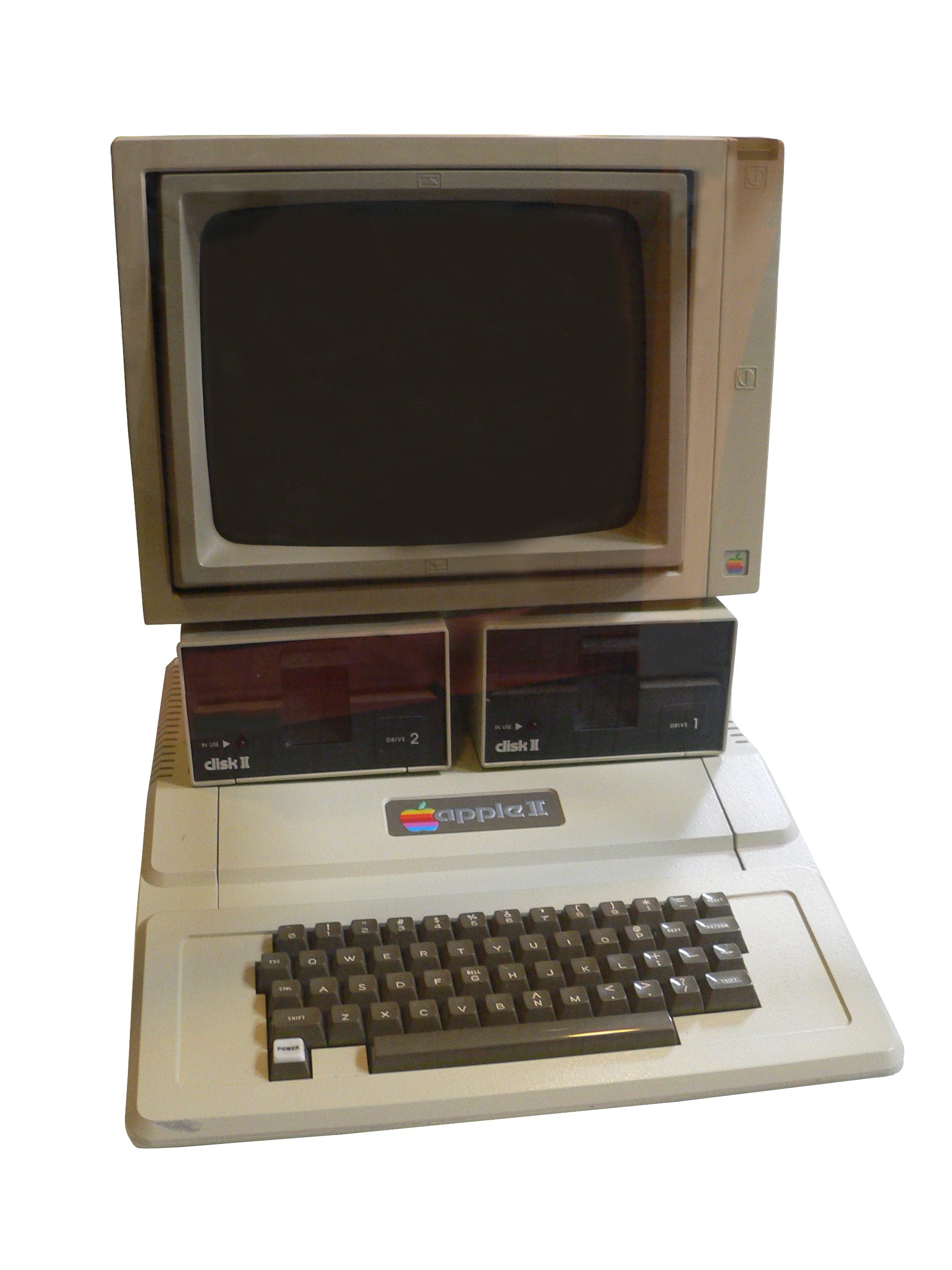
The Apple II (often rendered Apple ][ or Apple //) was one of the first highly successful mass produced microcomputer products,[1] designed primarily by Steve Wozniak, manufactured by Apple Computer (now Apple Inc.) and introduced in 1977. In terms of ease of use, features and expandability the Apple II was a major technological advancement over its predecessor, the Apple I, a limited production bare circuit board computer for electronics hobbyists which pioneered many features that made the Apple II a commercial success. Introduced at the West Coast Computer Faire in 1977, the Apple II was among the first successful personal computers and responsible for launching the Apple company into a successful business (and for allowing several related companies to start at all). Throughout the years, a number of different models were introduced and sold, with the most popular model manufactured having relatively minor changes even into the 1990s. By the end of its production in 1993, somewhere between five and six million Apple II series computers (including approximately 1.25 million Apple IIGS models) had been produced.[2]
The Apple II became one of the most recognizable and successful computers during the 1980s and early 1990s. It was aggressively marketed through volume discounts and manufacturing arrangements to educational institutions which resulted in it being the first computer in widespread use in American secondary schools. A focused effort to develop educational and business software for the Apple II, including the 1979 release of the popular VisiCalc spreadsheet, made the computer especially popular with business users and families.[3][4][5]
The original Apple II operating system was only the built-in BASIC interpreter contained in ROM; most commercial Apple II software on disk, e.g. educational games and productivity programs, booted directly on the hardware and either had no operating system or incorporated one of its own (which was usually invisible to the user.) The Apple DOS Disk Operating System was added to support the diskette drive; the last version was "Apple DOS 3.3". Apple DOS was superseded by ProDOS, which supported a hierarchical filesystem and larger storage devices. With an optional third-party Z80-based expansion card[6] the Apple II could boot into the CP/M operating system and run WordStar, dBase II, and other CP/M software. At the height of its evolution, towards the late 1980s, the platform had the graphical look of a hybrid of the Apple II and Macintosh with the introduction of the Apple IIGS. By 1992 the platform had 16-bit processing capabilities, a mouse-driven Graphical User Interface, and graphic and sound capabilities far beyond the original.
Despite the introduction of the Motorola 68000-based Apple Lisa system in 1983, and its more successful cousin the Macintosh in 1984, the relatively unsophisticated Apple II series was Apple's primary revenue source for most of the following decade: with its associated community of third-party developers and retailers it was once a billion-dollar-a-year industry. The Apple IIGS was sold until the end of 1992; the last II-series Apple in production, the IIe, was discontinued on October 15, 1993.